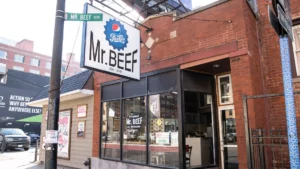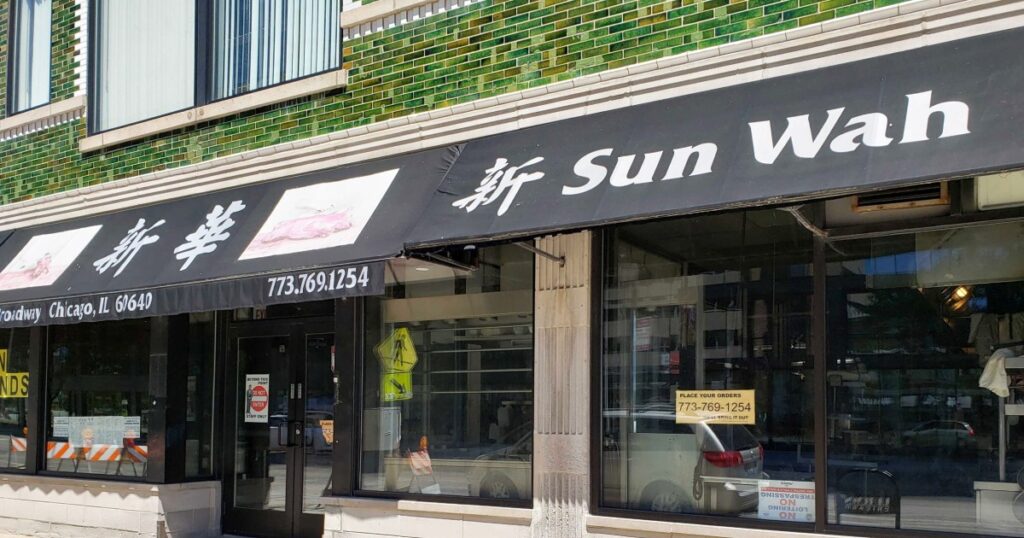Given there are over 60,000 wineries from all corners of the earth, most would think that the world of wine collecting is exciting and quite diverse. But in fact, only wines from a handful of producers achieve the coveted blue-chip status. They are traded repeatedly, giving the impression that they are hardly ever being used for their intended purpose—drinking.
This vicious circle drives the sales and spins around a small group of wineries, mainly from two French regions.
“Traditionally, most wine collecting focuses on the wines of Bordeaux and Burgundy,” says Richard Young, vice president and head of auction sales at Sotheby’s Wine in New York. Of course, there is a legitimate reason for this. “Over decades, these wines have a proven track record for aging longevity and appreciation as an investment,” Young explains. While I totally agree and would rarely challenge the quality of the top collected wines, the pattern perpetuates a lack of curiosity and impedes the intrigue of discovery.
After all, there are so many other regions in the world making superb wines. Georgia, Greece, and Eastern and Central Europe made wine long before it became the “French” drink. It is mind boggling that only in two, wildly different, French regions can wines achieve the level of quality that collectors deem worthy. Bordeaux lovers might look to Loire Valley and the wines of Catherine et Pierre Breton; the legendary 1989 or 1996 vintages stun with both freshness and complexity. Another producer to look to is Weingut Werlitsch from Styria in Austria: Their Ex Vero II and Ex Vero III age beautifully and can stir us in the way I wish (an invariably premoxed) white Burgundy could.
Unfortunately collecting is not just about taste and quality. Many bottles are purchased for the label, often never being opened. The strongest evidence of that might be the counterfeit wines that have been in circulation over the years; it’s much harder to duplicate the actual juice than the packaging.
But maybe it is due to my naivety as a wine romantic that I cannot support wine as a symbol of prestige. Crafted with enjoyment in mind, it’s often best when shared with the people we love. For some, it is something else. I’ve heard numerous stories from sommelier friends in New York, Hong Kong and Bangkok of customers who order a bottle and place it conspicuously on the table with the label facing out.
The rise of the natural wine movement shook things up, but, even within this subculture, there is a label thirst that has created the so-called “Instagram wines.”
All this behavior has led to abnormally inflated prices of certain wines. And the worst part is, mostly, vintners only get a fraction of the proceeds. Some of the wineries, like Domaine de la Romanée-Conti (DRC), try to fight this by removing those who trade their wines from their allocation list. But it is hard to track the bottles, especially when the photographs used by auction houses blur the bottle numbers.
Finally, where is the fun in having numerous bottles of the same thing? Isn’t it exactly the vast assortment of different flavors, expressions of distinctive terroirs and individual winemaking styles, that makes drinking and collecting wine so interesting? As far as I’m concerned, embracing that diversity is so much more rewarding.










